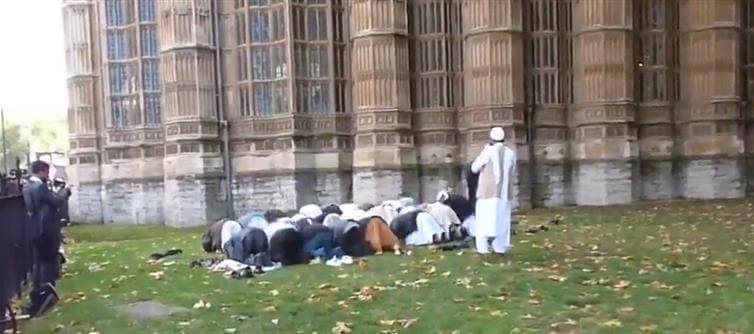
Westminster Abbey holds deep spiritual significance for Anglicans and british heritage as a whole. It is understandable that some may see praying nearby as controversial or provocative, especially if interpreted as encroachment on a sacred space. However, it’s important to distinguish between praying "on the grounds" and merely gathering in the general vicinity of a landmark, especially in a densely built capital where public spaces overlap. London's public squares and sidewalks around iconic institutions often serve as stages for diverse expressions—political, cultural, or religious. Respectful assembly in such places does not inherently equate to desecration or disrespect.
This situation highlights the broader challenge of navigating coexistence in pluralistic societies. With so many communities living side-by-side, mutual understanding and respect are crucial. Jumping to conclusions or framing such events as evidence of cultural overreach or religious conflict feeds into divisive narratives. Instead of using such moments to deepen cultural rifts, they should invite a closer look at intent, communication, and context. In a society that values both religious freedom and heritage, the goal should be respectful coexistence—not sensationalism or scapegoating.




 click and follow Indiaherald WhatsApp channel
click and follow Indiaherald WhatsApp channel